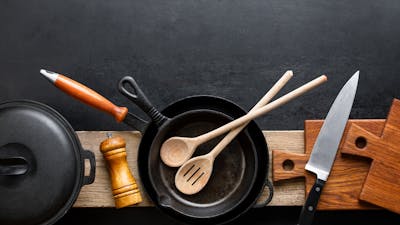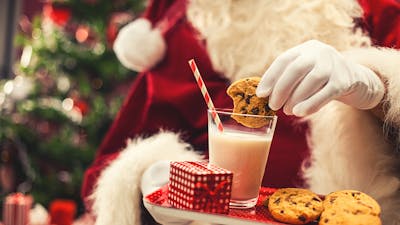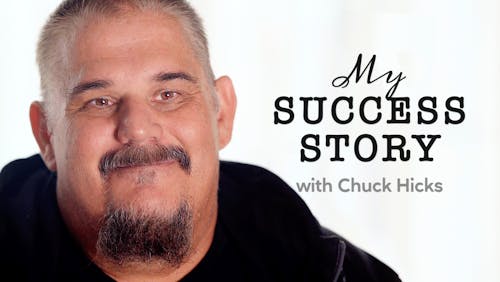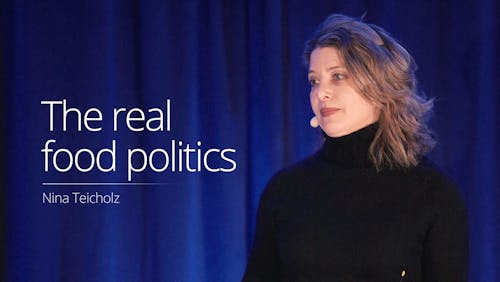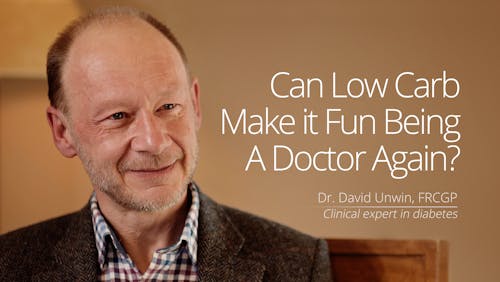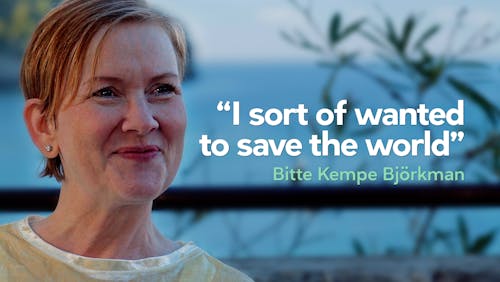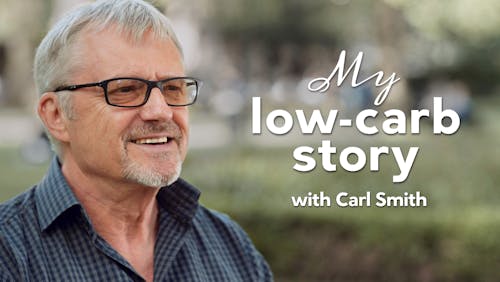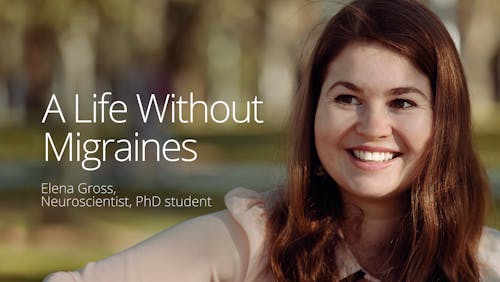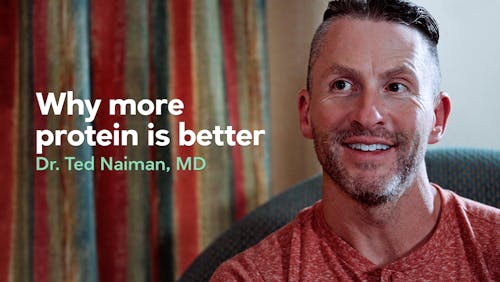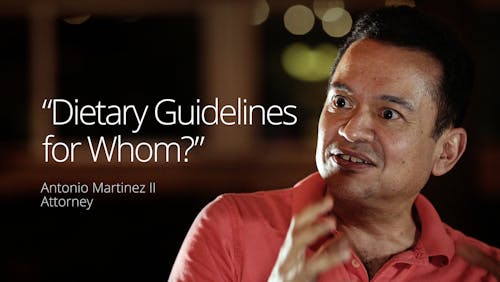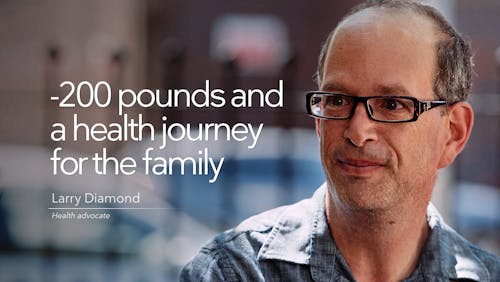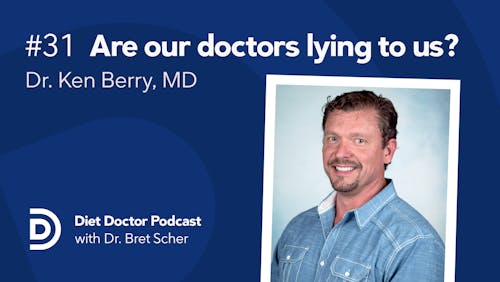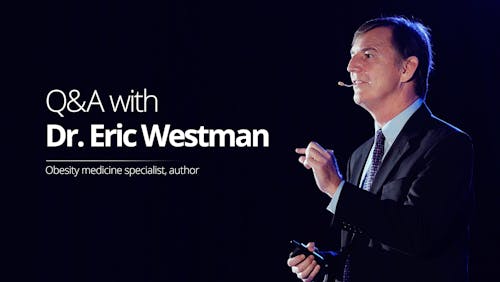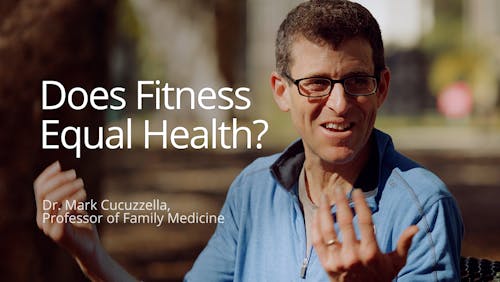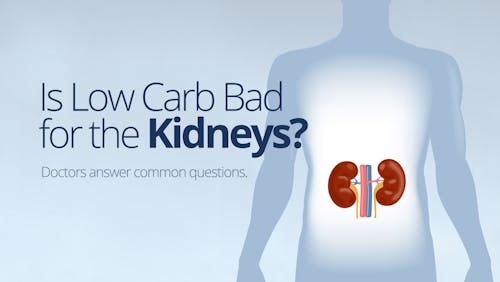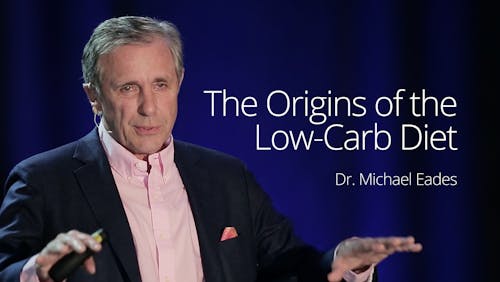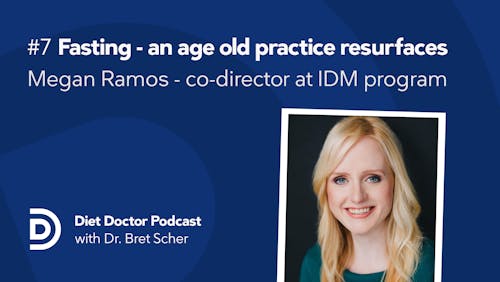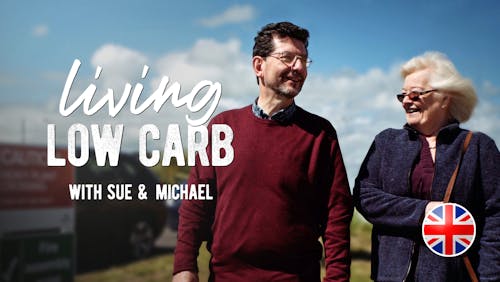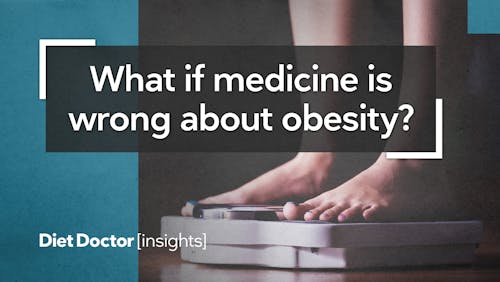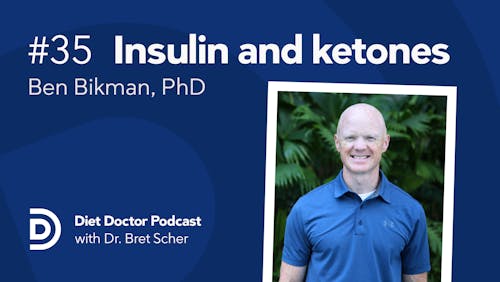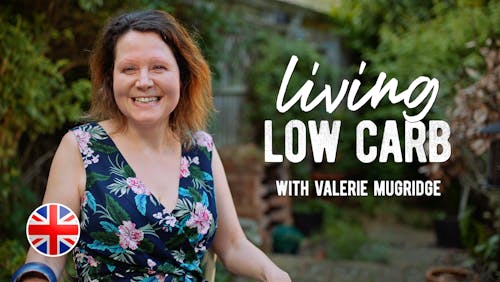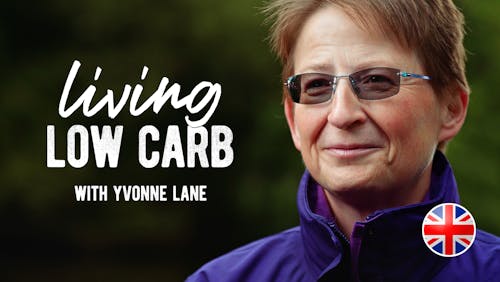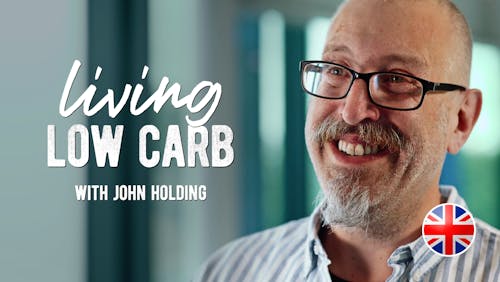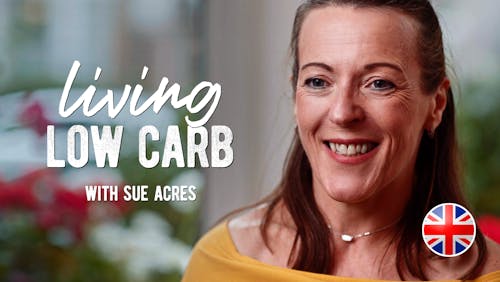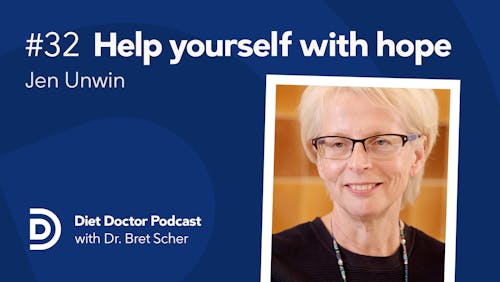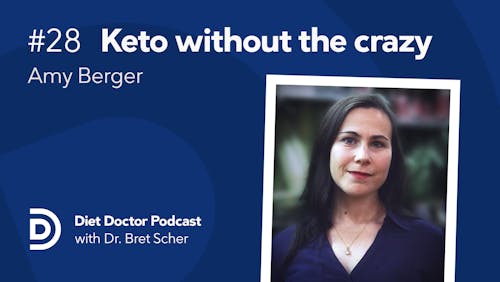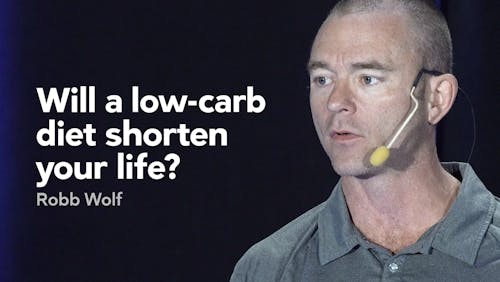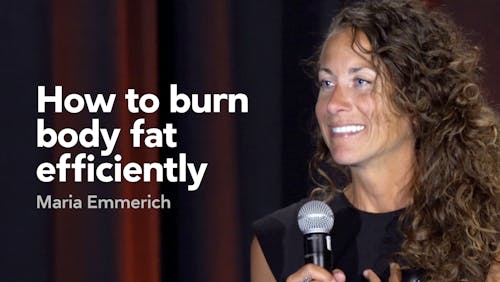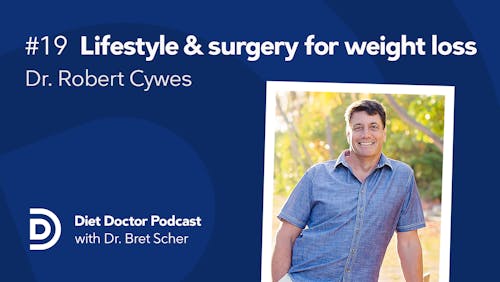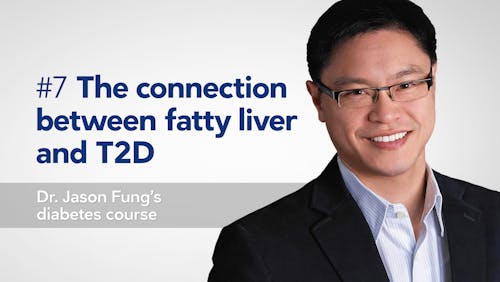Sleight of hand
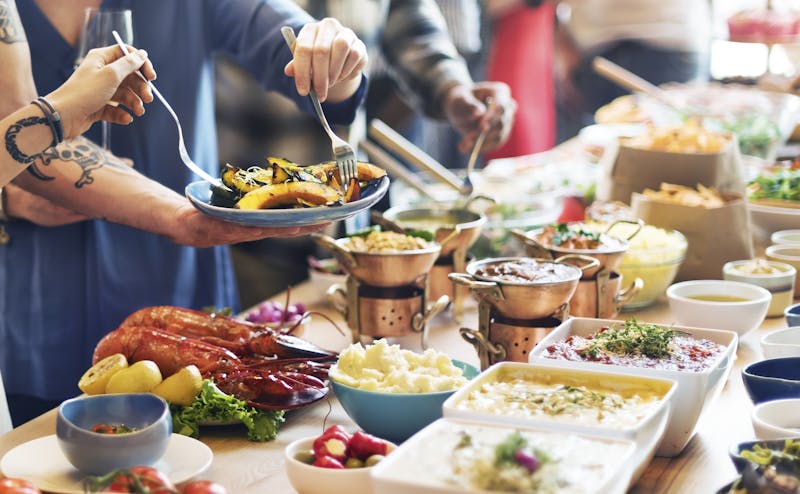
“Oh gosh! I see carbs!” The filter between my brain and my mouth temporarily malfunctioned. I hadn’t realized it until I noticed that three people had turned to look at me. We were all gathered at a mutual friend’s house, and we were helping to prepare foods for the buffet table. The menu was supposed to be low carb and yet here I was, staring at loads of vegetables. Their looks required an explanation.
With a nervous giggle, I laughed at myself and said, “I’m sorry. After so many years of keto, I no longer see foods. I see macronutrients. Foods have carbs, fat, or protein and often some of each, but I automatically look at a dish and start calculating the nutrient content. When I see a salad with lettuce and lots of veggies, I get a warning light in my brain. That dish,” I pointed, “would be low carb, but it wouldn’t give me the essential nutrients of fat and protein.” I giggled again, “My brain looks for fat first!”
Instead of explaining away and diffusing the awkwardness, I now had the attention of six others. “Wait, you see a salad and think that’s bad?” one guest asked.
“Not exactly”, I tried to explain. “The vegetables aren’t bad, but I need some fat and protein to eat with it. Meat, eggs, cheese, bacon, and a wonderfully fatty dressing would make it a better low-carb option.”
“What about this dish? What do you see?” asked a second guest who was pointing to a serving dish that had a lot of vegetables and very little lean chicken.
Like a diviner who could see into the beyond, I carefully explained that I saw a dish with more protein than fat and a higher ratio of carbs to fat. Just guesstimating, I’d say a serving of the meat dish she pointed to was about equal grams of protein and carbohydrate and fewer grams of fat than protein. To be ketogenic, I look for the fat grams to be equal to or higher than protein and for carbohydrates to be very low.
“Would you not eat that?” chimed in a third guest. The awkwardness intensified. They had designated me the expert on all things ketogenic based on my personal success and longevity with the plan. It was uncomfortable because I wouldn’t dare proclaim a food “bad”, but it truly was not a dish that I would have chosen for a low-carb option. My dilemma was worsened in that the guest who prepared the dish was waiting with baited breath for my answer.
I replied as diplomatically as possible, “If I was eating that, I would look for ways to add more fat. Perhaps some butter or sour cream or maybe bacon. It would work well with a fatty meat.” Everyone relaxed a little.
“How do you balance a meal? What do you look for?” quizzed the first guest again. Before I could answer, another asked, “How do you learn to see carbs?” I smiled. In a way it seemed as if they were asking a magician to reveal a sleight of hand allusion.
What I see when I see carbs
“It’s a curse”. I smiled. “It’s rooted in fear. I’m terrified of going back to that place of hunger and sickness and pain and obesity. When I see carbs, I see all those things. I remember my back hurting, the plus-sized clothes, and all the things that I could not do.Someone else looks at a piece of cake or a croissant and thinks it looks good. They want to devour it. I feel repulsed. It represents everything I don’t want to be anymore. It means bad health and loneliness and limitations.” Their expressions were difficult to read, but I’m pretty sure I saw a mix of surprise, confusion, and sympathy. “So, a big slice of chocolate cake doesn’t look good to you?”
“Not at all! How can being sick and feeling bad taste good? That cake represents all those things that made me miserable. I can’t have that cake without the side of high blood glucose and inflammation that come with it. Bad health is baked right in! At the same time, I can have a big juicy hamburger on leaf lettuce with cheese, bacon, mayonnaise, and mushrooms that have been sautéed in butter and have better health.
In short, carbs generally bring me all the negative things that I want to avoid. Fat and protein make my body healthier and stronger. Every food I see is made up of one more of those macronutrients. I’ve spent the last several years making sure that I know roughly how many carbs are in each food, and I’ve build a visual hierarchy in my brain.
Leafy vegetables, besides kale, are low in carbs. When I see those on a plate, it looks good. Tomatoes, onions, and peppers are higher in carbohydrates. I always limit those especially if they are in a dish together. Broccoli and asparagus are good options, and mushrooms are very low carb. There’s no magic except for repeatedly looking up the carb counts from a reliable source. Over time, you learn.”
“So basically, you do the work?” asked a lady standing nearby.
“Yes! I didn’t know any of this a few years ago. All I had was determination and the USDA database to look up macronutrients. I made a lot of mistakes, which is exactly how most of us learn anything.”
“So there really is no magic?” she asked.
“Oh yes, there is magic! Have you ever tasted a juicy hamburger on leaf lettuce with cheese, bacon, mayonnaise, and mushrooms sautéed in butter? There’s your magic! Don’t forget that bunless burger is served with a side of smaller skinny jeans. There’s your magic!”
Do you want to read more by Kristie Sullivan? Here are her three most popular posts:
